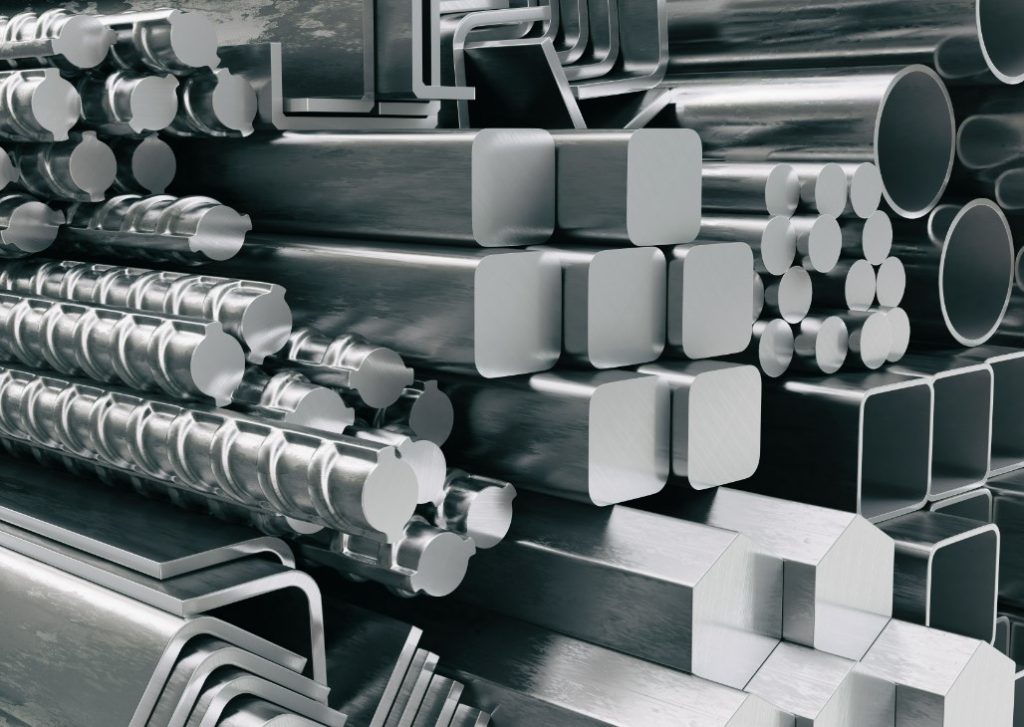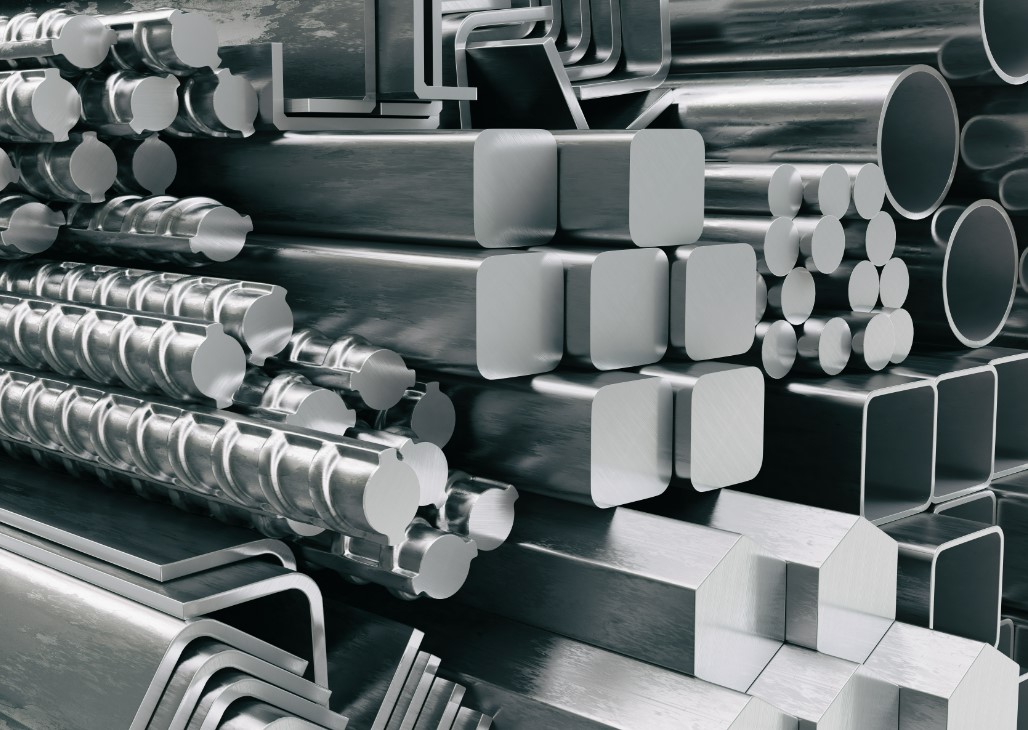Introduction
Aluminum, a crucial metal in various industries, is witnessing dynamic changes in its market trends. Understanding these trends is essential for stakeholders ranging from manufacturers to investors. This article delves into the current state of the aluminum market, examining recent developments, global production insights, market sentiment, technical analysis, and economic policy factors.
Recent Market Trends
Aluminum prices recently settled at 230.1, reflecting a slight decline of -0.97%. This drop is primarily due to increased inventories in warehouses monitored by the Shanghai Futures Exchange, which saw a 2.0% rise compared to the previous week. Such an uptick indicates growing supply pressures in the aluminum market. Meanwhile, in the US, the Manufacturing PMI reached a three-month high of 51.7 in June, slightly exceeding expectations and indicating modest expansion in the sector.
Global Production Insights
Globally, primary aluminum production saw a 3.4% year-on-year increase to 6.1 million tons in May. This growth was driven largely by a 7.2% rise in China’s production, reaching 3.65 million tonnes. Additionally, China’s aluminum imports surged by 61.1% year-on-year in May, primarily due to heightened shipments from Russia amid Western sanctions. These imports amounted to 310,000 metric tons of unwrought aluminum and products, highlighting China’s significant role in the global aluminum market.
Market Sentiment and Speculation
Market sentiment towards aluminum has been buoyed by optimism surrounding demand from industries such as solar energy and electric vehicles. This optimism has contributed to a speculative rally in aluminum prices throughout the year. The London Metal Exchange benchmark contract recently hit a near two-year high, reflecting strong investor interest in the metal.
Technical Analysis
From a technical perspective, the aluminum market is currently experiencing fresh selling pressure, with a notable 29.22% increase in open interest, settling at 4100. Despite this, prices declined by -2.25 rupees. Currently, aluminum finds support at 228.9, and a break below this level could test 227.8. On the upside, resistance is anticipated at 231.9, with a potential move above this level targeting 233.8.
Economic and Policy Factors
China has maintained its key benchmark lending rates unchanged, continuing its cautious monetary easing due to narrowing interest rate margins and a weakening currency. However, the central bank has reiterated its commitment to a supportive monetary policy stance to bolster economic stability. These economic policies, along with broader economic indicators, play a crucial role in influencing aluminum prices.
Conclusion
The aluminum market is in a state of flux, influenced by various factors ranging from inventory levels and production rates to economic policies and market sentiment. As the demand for aluminum from industries like solar energy and electric vehicles continues to grow, the future outlook for the aluminum market appears promising. Stakeholders should closely monitor these trends to make informed decisions in this evolving landscape.

